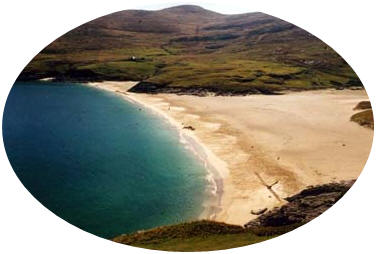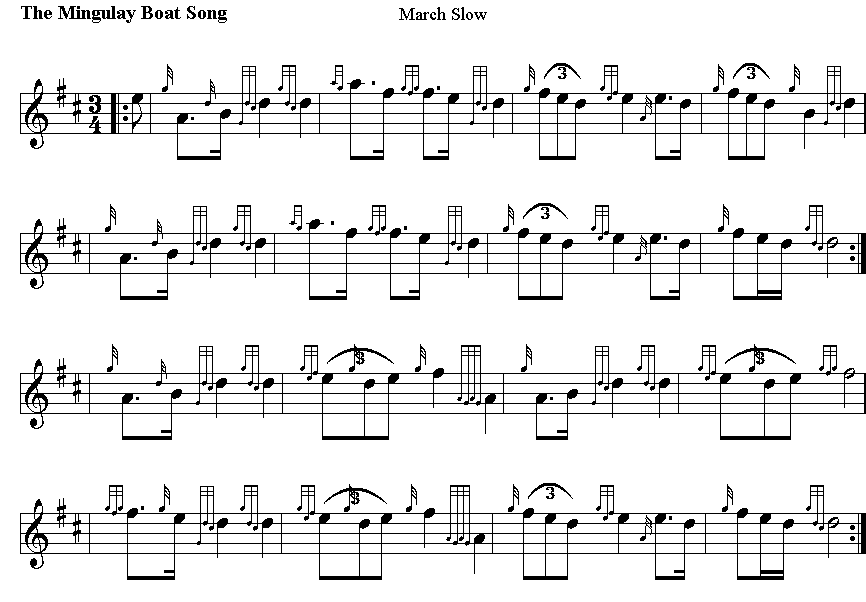 |
||||

Best viewed in
|
Mingulay is the second largest of the Bishop's Isles in the Outer Hebrides of Scotland.There are iron age remains, and the culture of the island was influenced by early Christianity and the Vikings. Between the 15th and 19th centuries Mingulay was part of the lands of Clan MacNeil of Barra, but subsequently suffered at the hands of absentee landlords. In historic times the Hebrides have been heavily influenced by Celtic, Norse and Scots culture and this is evident in the variety of names the isle possesses. "Mingulay" is derived from Mikil-ay, the Old Norse for "Big Island" although this is misleading as it is only the second largest of the Barra Isles behind Vatersay, which is lower lying and appears smaller from the sea.Miughalaigh and Miłghlaigh are two variants of the Gaelic name. Lowland Scots speakers in their turn have variously described the island as "Mewla"or "Miuley" (which are both approximations of the Gaelic pronunciation), "Megaly"and "Micklay" before finally settling on the current variant. The Barra estates of MacNeil (including all the Barra Isles) were sold to Colonel John Gordon of Aberdeenshire in 1840 whose lack of consideration for his tenants during the potato famines was matched by his zeal for evictions to create sheep farms. However, the Highland Clearances seemed to have the effect of increasing Mingulays population as families evicted from Barra sometimes chose to re-settle there rather than take the emigrant ships to Nova Scotia. In this regard Mingulay's remoteness was probably an advantage and rents were actually reduced from 184045. In 1878 Lady Gordon Cathcart inherited the estate and visited but once during her fifty-four year period of tenure. In 1764 the population of the island was 52. Later census records show that there were 113 residents in 1841, 150 in 1881, 142 in 1891 (occupying 28 houses, compared to the 1841 total of 19), and 135 in 1901. Families were often large, and ten or more children was not uncommon, three generations sometimes sharing a single small house. Life was co-operative with fishing, walking, peat cutting and landing the boats all being communal activities. The island is remote but was by no means cut off. In the 19th century fishermen sold fish in Glasgow and Ireland, both men and women worked on the east coast herring fishing industry, and food was brought in from mainland Scotland on a regular basis. At the height of Village life there was a mill, a chapel house consisting of a church and a priest's residence, and a school. However, despite there being a continuous population on Mingulay for at least two thousand years, evacuations began in 1907 and the island was completely abandoned by its residents in 1912. It is currently used for grazing sheep. The National Trust for Scotland has owned Mingulay since 2000. The Mingulay Boat Song was composed in 1938 following Mingulay's abandonment. The lyrics were written by Hugh S. Roberton, the founder of the Glasgow Orpheus Choir, in 1938, and first recorded by the Francis McPeake family of Ulster.Written in the style of Hebridean work songs to the tune Creag Guanach from Lochaber, it invites the listener to imagine the boatsmen of the island singing in time to the pulling of their oars.
Lyrics by High S. Roberton
|
|||

